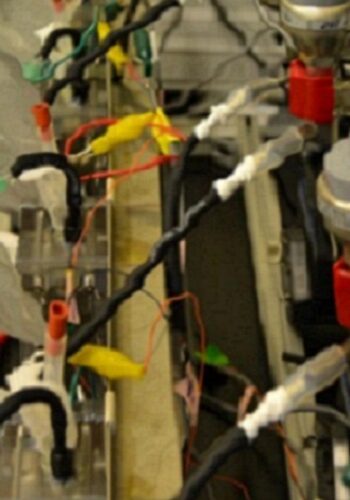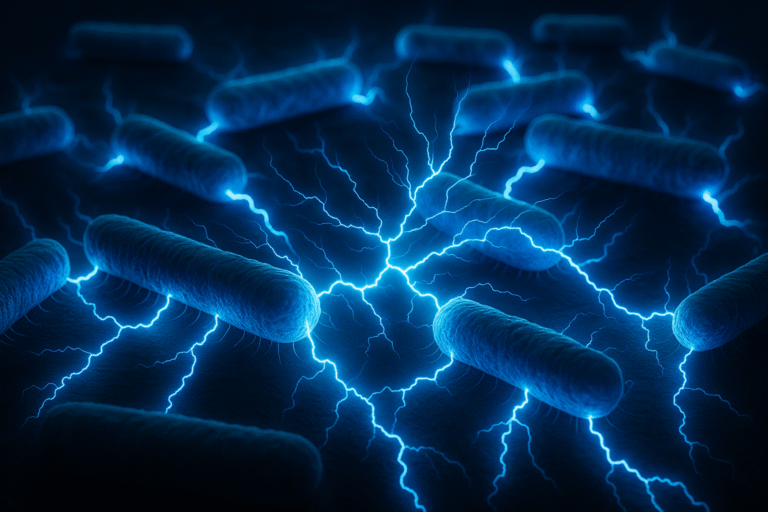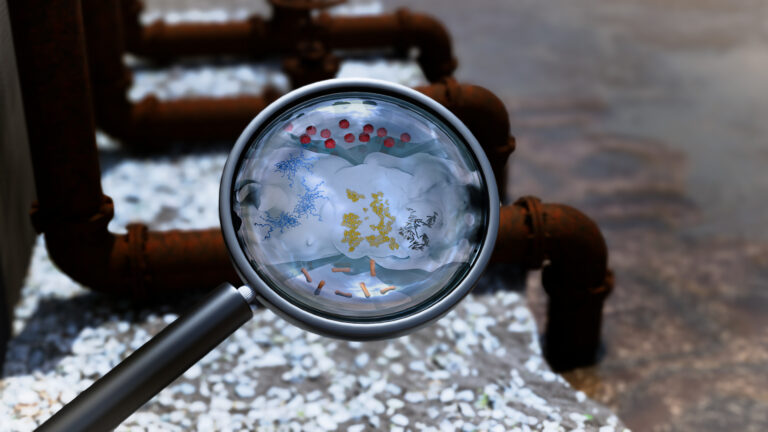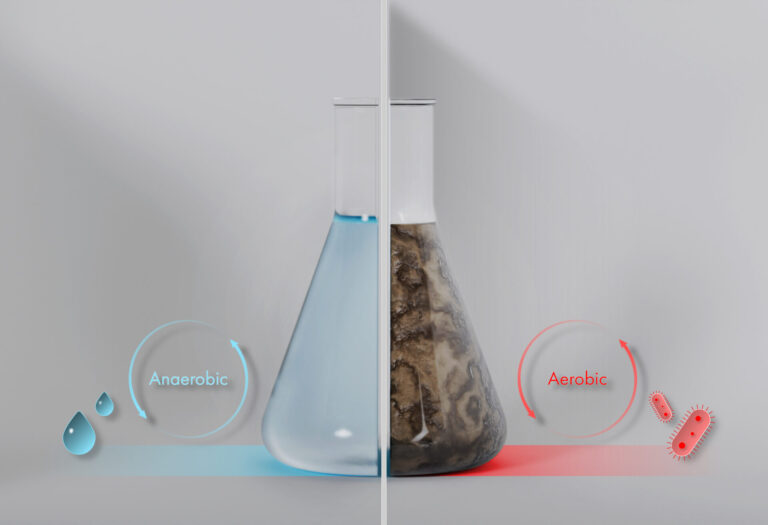Environmental Science and Engineering
Bacterial power to reduce toxicity of water supply
Wastewater treatments based on bioelectrochemical systems can generate energy while removing potentially toxic compounds.


A microbial electrolysis cell (MEC) is one type of BES.
© KAUST
Bioelectrochemical systems (BESs) are as effective as conventional wastewater treatment systems at removing hazardous chemicals like pharmaceuticals, show researchers from KAUST.
In arid countries like Saudi Arabia, where water reuse and reclamation is necessary, it is essential to find cost-effective, energy-efficient methods to remove trace organic compounds (TOrCs) from water. Current wastewater treatment techniques require expensive and energy-intensive membrane filtering or ozonation to remove TOrCs.
A key advantage of BESs is their ability to concurrently treat water and convert chemical energy from wastewater into usable electricity or biogas.
Craig Werner, Pascal Saikaly, Gary Amy and colleagues from KAUST’s Water Desalination and Reuse Center tested two types of BESs — microbial fuel cells (MFCs) and microbial electrolysis cells (MECs) — to determine their ability to remove ten different TOrCs from wastewater1.
Bioelectrochemical systems utilize the characteristics of bacteria known as exoelectrogens, which are capable of harvesting energy from the oxidation of organic matter in wastewater. The energy is generated in the form of electricity in MFCs and hydrogen gas in MECs.
“Wastewater treatment plants using MFCs could feasibly help power themselves, so there is considerable interest in using the technology in rural parts of developing countries where access to the main electricity grid is limited,” said Werner. “But before such systems such can be implemented, we need to know if BESs can also reduce levels of TOrCs in treated water.”
The team evaluated a complex cocktail of compounds comparable to those found in wastewater and natural waters, including five pharmaceuticals, two antibiotics, a flame retardant, a pesticide and an insecticide.
“All of these compounds were present at low concentrations and have different physical and chemical properties, which made analysis tricky,” explained Werner.
The team found that levels of TOrC removal for eight of the compounds were similar in both BESs to conventional treatment systems. The removal of caffeine and the antibiotic trimethoprim was slightly better in MECs. They also discovered the TOrCs were prevented from passing into the treated water either through biotransformation or sorption, the binding of the compound to the bacterial biofilm or electrode.
The findings could encourage more widespread use of BESs in wastewater treatment in the future. “Further work is needed, but our results are promising and highlight an additional benefit of BES technology as a potential alternative to current practices,” Werner said.
References
- Werner, C. M., Hoppe-Jones, C., Saikaly, P.E., Logan, B.E. & Amy, G.L. Attenuation of trace organic compounds (TOrCs) in bioelectrochemical systems. Water Research 73, 56-67 (2015).| article
You might also like

Environmental Science and Engineering
Bacteria reveal hidden powers of electricity transfer

Environmental Science and Engineering
Wastewater surveillance tracks spread of antibiotic resistance

Bioscience
Super fungi survive extreme Mars-like environments

Environmental Science and Engineering
Rethinking food systems to restore degraded lands

Environmental Science and Engineering
Combat climate change by eliminating easy targets

Environmental Science and Engineering
Wastewater treatment to fight the spread of antibiotic resistance

Bioscience
Digging into the world of plant-growth-promoting microbes

Bioscience



